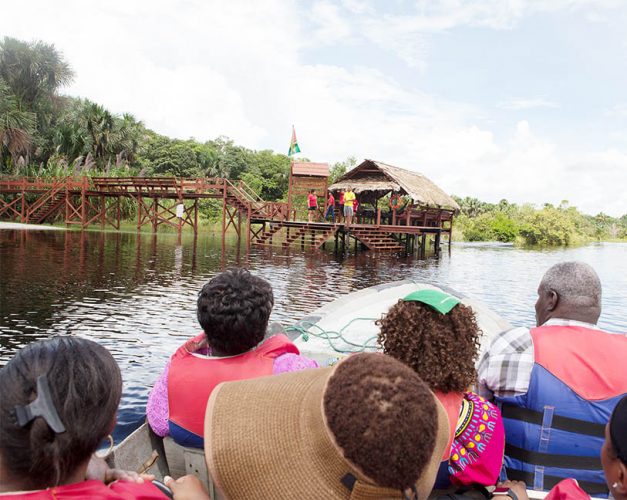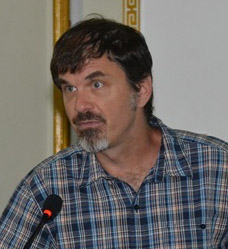Recently appointed Director of the Guyana Tourism Authority (GTA) Brian Mullis sees the development of linkages between the evolution of the country’s oil and gas sector and the strengthening of the value of its tourism product.
“The increase in visitation to Guyana is resulting in an increase in market demand for new products. An estimated 10-20 per cent of travellers visiting Guyana and the thousands of expatriates that are currently living in or planning to move to Guyana due to the oil and gas industry are seeking out tourism activities,” Mullis wrote in an article published in the Friday July 20 issue of the Stabroek Business.
And according to Mullis, with the recent launch of its new national tourism website and having now secured market representatives in its core markets in the United States, Canada and Germany, the GTA is seeking to bring Guyana into the global tourism market in a more meaningful manner than ever before.

The disclosures by Mullis will be viewed with interest by the country’s long-suffering tour operators who have had to endure years of underachievement in a local tourist industry which, over the years, has been inundated by unrealized official commitments to increase official budgetary allocations to the tourism industry.
Private investors in the sector will be particularly keen to see whether the new national tourism website www.guyana-tourism.com which Mullis says “is designed to raise awareness of Guyana’s distinctive offer” will yield results which over the years have failed to materialize on account of what is believed to be official failure to invest sufficiently in the marketing of the sector. Local investors will also be keen to see whether the assignment of “market representatives” to key tourism markets in the United States, Canada and Germany will bring about a change in the fortunes of the country’s wilderness and eco-tourism resorts.
Noting that “with vast expanses of primary tropical forest and other unique ecosystems, immense diversity of flora and fauna and vibrant cultural heritage it is a curiosity that Guyana remains a relatively unknown destination in the global tourism marketplace”, Mullis waxed optimistically that the new website and the strategic placement of market representatives could turn things around. In his article, Mullis asserts that the GTA is pinning much of its hopes on the new website resonating with “a highly educated, very well-travelled audience who is seeking out authentic nature, culture and adventure experiences.” Up until now Guyana’s efforts to ‘sell’ these attributes to the global tourism market have met with only limited success.
While Mullis is upbeat about Guyana’s tourism potential he writes that the scaling up of the GTA’s marketing initiatives must be attended by moves to raise tourism standards and strengthen the tourism product offering. In this regard he says that the Authority is moving to revise its licensing system to help improve standards whilst seeking to pursue new product development based on market demand.






